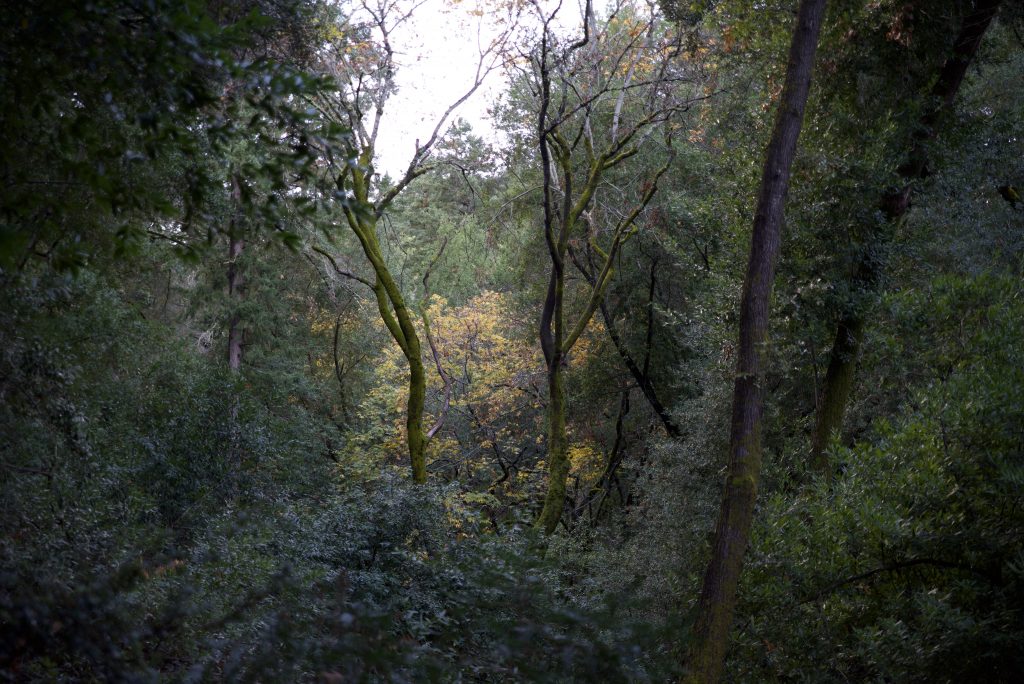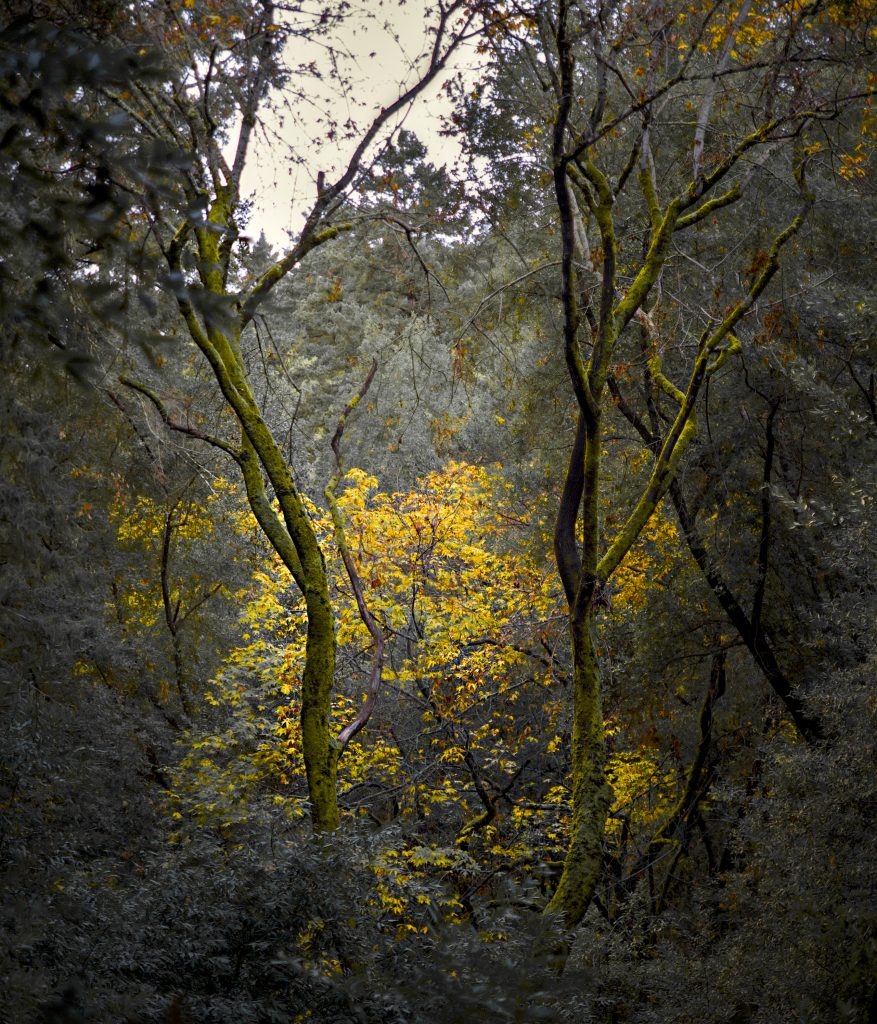As I hovered over my camera try to compose a really fantastic shot that was just distant enough to likely be useless, I couldn’t help but feel déjà vu. It wasn’t until later that I realized photography and writing are two sides of the same creative coin. This revelation caught me off guard, even as someone who spent decades making a living with words.
Although writing has been my bread and butter all my adult life, as my LinkedIn profile attests, I’ve left that career behind, in favor of pursuing photography as a pastime, as well as a possible business. I always had a good eye for photo composition, but not having really explored this art in any significant way, it feels like a fresh canvas—truly new, exciting, and fun.
Yes, obviously writing is still part of who I am — this is a blog, afterall. But after several decades of writing, it’s feeling kind of stale. Photography is a new way to tell a story for me. Which brings me back to my headline up there. I am finding that writing and photography are much more similar in terms of creative process than I would have guessed. For instance:
- Story and subject
In writing, you might craft a vivid character or narrative; in photography, a single well-lit subject can convey just as much emotion. Both require patience and vision to identify the perfect subject and bring its story to life. - Rewrite, edit, tighten focus
Editing a paragraph until it sings isn’t so different from cropping and tweaking a photo to perfection. - Touch up and refine
In my writing career, I often spent more time refining words than drafting them. Photography is no different—capturing the shot is just the beginning. Processing it into its final form can take hours or even days. - The process never ends
As a professional writer, I was always striving to “make it better.” In that sense, I never saw any of the work I delivered (even the stuff I’m most proud of) as finished. Photography is the same. I often revisit photos, rethinking how to crop or process them, starting over several times.
Consider these two images below. As I mentioned above, this scene felt too distant to capture its vibrancy (as you can see from the first image). I really needed a telephoto lens, which I do not have. But after zooming in to my 70mm limit, and experimenting with the crop and exposure, vibrant layers of gold and green emerged, creating a striking contrast against the muted, overcast surroundings. Since my new (to me) Nikon D750 has a 24MP sensor, I don’t lose any noticable resolution from cropping.


Ultimately, what I have learned is that whether through words or images, storytelling is universal. Each medium has its challenges and rewards, but the joy of shaping a narrative—whether for the page or the frame—remains constant.
Equipment: Nikon D750 camera, Sigma 24-70mm F/2.8 DG EX HSM Full Frame Lens
Settings: 70mm, f/2.8, 1/640
